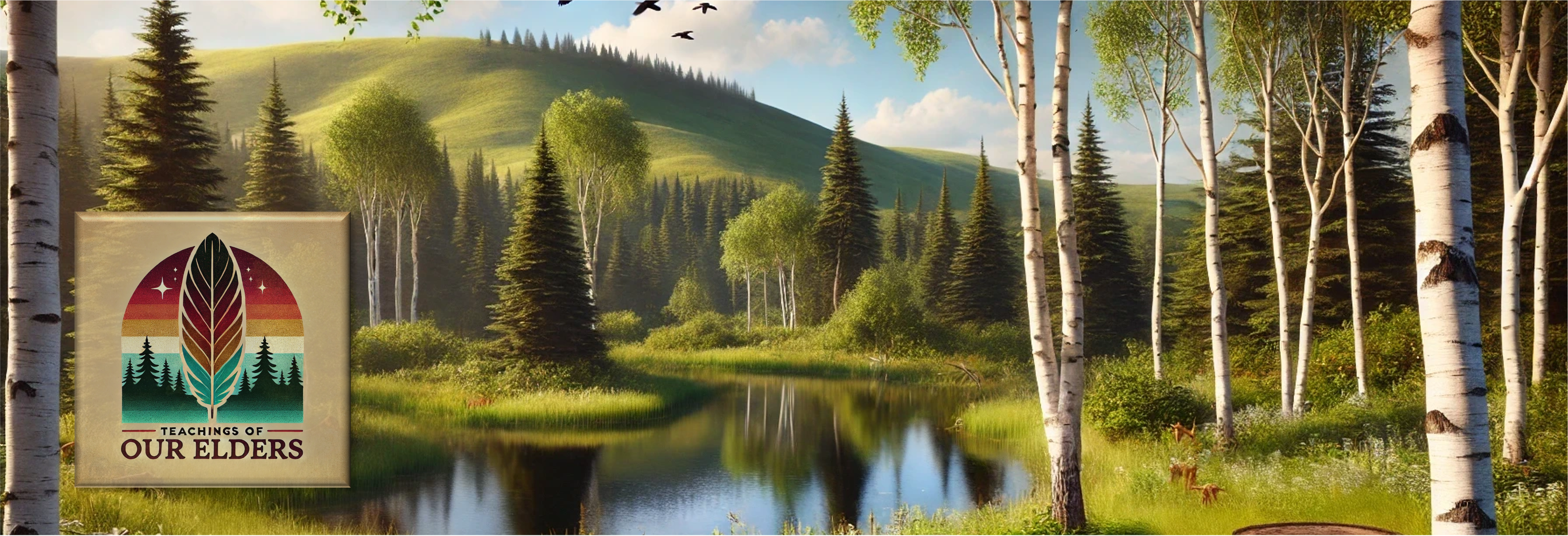| Inquiry Design Model (IDM) Blueprint™ |
| Reservation Way of Life |
| NDNAEU 2 “Learning & Storytelling”, NDNAEU 7 “Native Identity” |
| Compelling Question | How and why were the four Indian reservations created and later reduced in size? |
| Standards and Practices | ND.6_12.4 Analyze the historical and current events and their impact on the development of North Dakota. |
| Staging the Question | What was reservation life like for Native Americans? |
| Supporting Question 1 | Supporting Question 2 | Supporting Question 3 |
| How and why was the Fort Berthold Reservation created? | How does the formation of the Fort Totten Reservation illustrate the policy of removal? | What was the great Sioux Reservation? |
| Formative Performance Task | Formative Performance Task | Formative Performance Task |
| 1. Research the link below to determine an answer to the question. 2. Discuss your answers with a partner to edit for accuracy and clarity. | 1. Research the link below to determine an answer to the question. 2. Discuss your answers with a partner to edit for accuracy and clarity. | 1. Research the link below to determine an answer to the question. 2. Discuss your answers with a partner to edit for accuracy and clarity. |
| Featured Sources | Featured Sources | Featured Sources |
| https://www.ndstudies.gov/search/node/fort%20berthold | https://www.ndstudies.gov/search/node/fort%20totten | https://www.ndstudies.gov/curriculum/high-school/standing-rock-oyate |
| SUMMATIVE PERFORMANCE TASK: Supported Claim (written/spoken) or Demonstration of Process (project-based) | Create a multimedia presentation on the four reservations. Identify the following for each reservation: 1. Explain the formation and location of the reservation. 2. Apply at least 2 images for each. |
| SUMMATIVE PERFORMANCE TASK: Extension | In essay format compare and contrast the formation and development of the four North Dakota reservations. |
| Taking Informed Action / Real World Application | As a class, identify formation of your city, town, or village. Research your local museum and or interview a community historian or elder about the past history of your community. |

